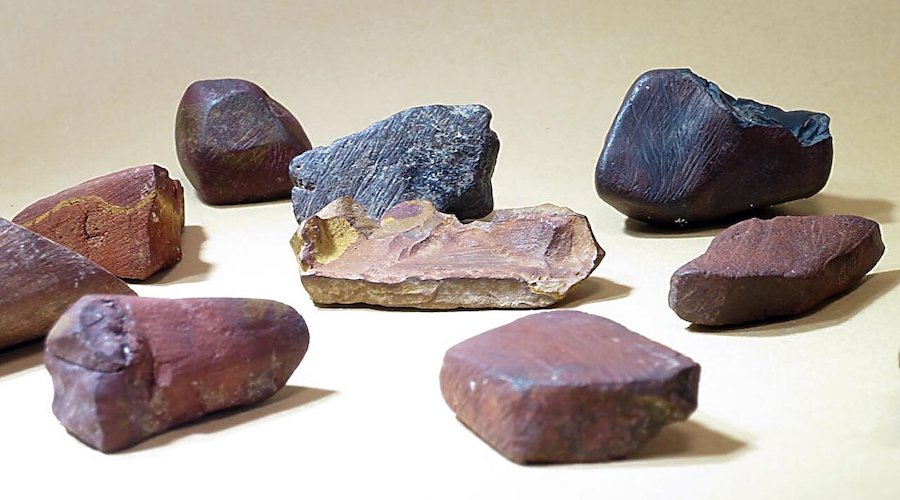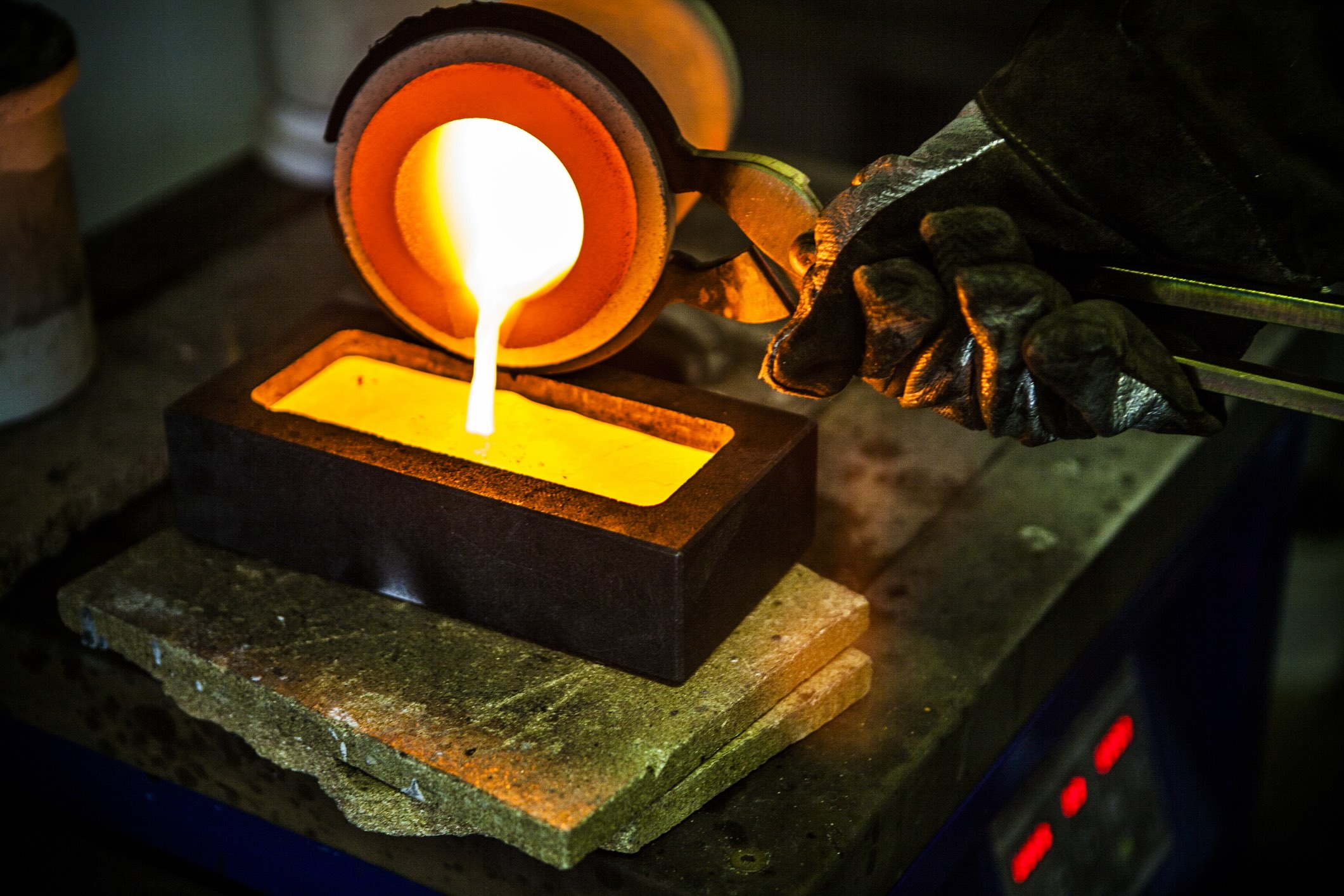To reach these conclusions, a team of researchers from Spain and France carried out chemical and technological analyses of the largest known collection of red and yellow mineral pigments, commonly called ochre, dated between 300,000 and 40,000 years ago, and found at Ethiopia’s Porc-Epic cave.
The study reveals that human groups visiting this site gradually modified the techniques used to produce pigments, as a result of cultural or environmental changes that limited their access to better-quality raw materials. The research also shows that the area’s inhabitants were able to predict the properties of different ochre types accessible in their environment and gradually adapt their technology according to changes in the availability of raw materials.
Why this matters
Systematic use of pigments is considered a key element in the cultural development of human societies.
However, Paleolithic sites that yielded archaeological collections large enough to precisely trace how minerals were acquired, processed and used are rare.
The cave site of Porc-Epic represents one of the few Paleolithic sites that have yielded a continuous and extensive record of ochre use, spanning a period of at least 4,500 years. More than 40 kilograms of ochre (4,213 pieces), 21 ochre processing tools, and two ochre-stained artifacts were found during the site excavation.
Research has shown that a wide variety of ochre types were collected and brought to the site to produce ochre powder of different textures and shades, probably adapted to different symbolic or functional activities. The ubiquitous presence of red ochre, rich in hematite, throughout the occupations of the site, indicates that Porc-Epic inhabitants were interested in this particular color and mineral when collecting ochre pieces in their environment or exchanging them with neighboring populations.
Fine-grained ochre pieces, rich in iron oxides, rare in the surroundings of the cave, were often abraded on grindstones to produce good quality ochre powder, characterized by a fine texture and an intense red color. Lower quality ochre pieces, rich in quartz grains, abundant in the vicinity of the cave, were more often crushed to produce coarser powder.
The new study reveals a change in raw material preferences throughout the site’s occupations: the good quality ochre was more intensively sought at the beginning of the site occupation, while the use of lower quality ochre types gradually increased through time.
The study of this ochre record reflects a cultural feature that was deeply rooted in the late Middle Stone Age society, but in constant evolution, during an essential period to our understanding of the emergence and evolution of complex cultures.




